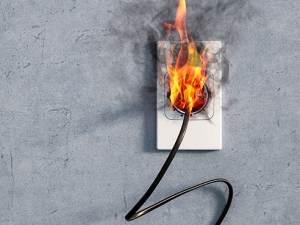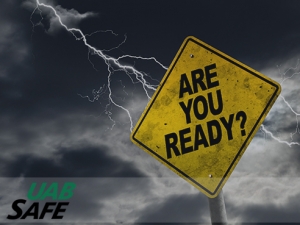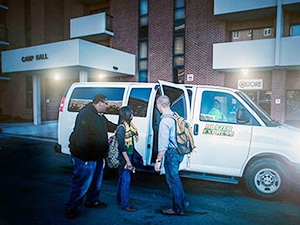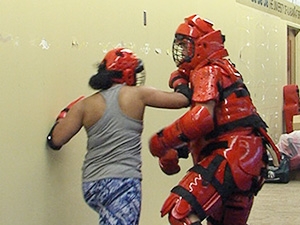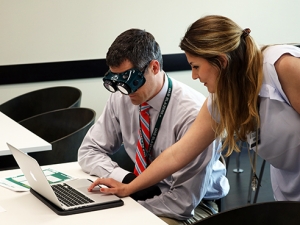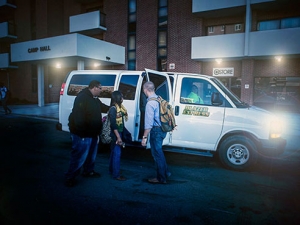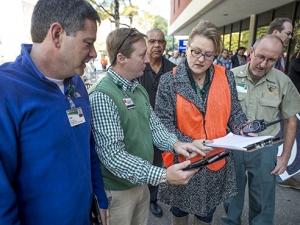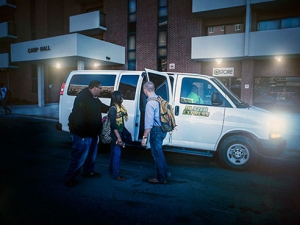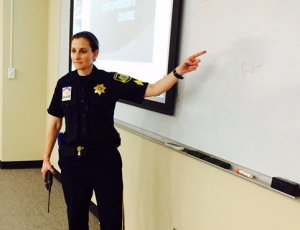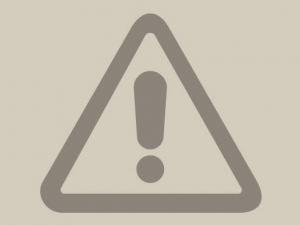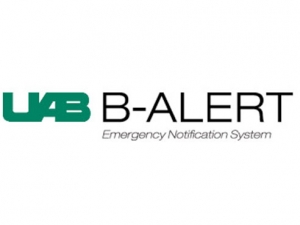 Do you know where the closest exit is in your office? What about fire alarms and extinguishers? Randy Pewitt, executive director of Emergency Management and Safety, hopes employees know their building’s safety plan, but knows that drills are the best way to reinforce that information.
Do you know where the closest exit is in your office? What about fire alarms and extinguishers? Randy Pewitt, executive director of Emergency Management and Safety, hopes employees know their building’s safety plan, but knows that drills are the best way to reinforce that information.
“Most people come to work and they don’t see most of the life safety features they walk past every day,” Pewitt said. “Fire drills help people think about how to get out of the building, what you do when you get out of the building and what, if any, special needs we need to consider.”
UAB has more than 100 buildings on campus, and Scott Shirley, safety manager in Occupational Health and Safety, is in charge of scheduling and organizing fire drills.
“Our goal is to conduct a fire drill for every occupied building annually,” Shirley said. “Student residence halls, which have different building classification than that of a business or assembly occupancy, require evacuation drills every semester.”
UAB must adhere to National Fire Protection Association standards, which dictate frequency of fire drills and drill procedures.
‘Good life-safety practice’
Pewitt hopes drills at work will encourage employees to create fire drills at home as well.
“Fire drills are basically good life-safety practice,” Pewitt said. “From an emergency-management standpoint, if we can help employees be prepared at home, they’ll be more focused during a work emergency because they know their homes and families are taken care of.”
In the event of a fire, Pewitt said untrained people may assume they will be able to see and leave normally, but that isn’t the case. Emergency power is not bright, so it’s important to know your exit route.
“If there is a fire and smoke, you’re not going to be able to see,” Pewitt said. “Drills help us recognize when we have corridors that are cluttered, and they give people the chance to practice their emergency routes so they’re familiar enough with them to exit even if they can’t see well.”
When auditing buildings for safety conditions, Shirley said he notes whether the building has emergency routes mapped for each floor’s occupants.
“UAB employees and students should familiarize themselves with these maps,” Shirley said. “Being familiar with the building’s emergency plan means they’ll be less likelihood of panic in an actual emergency.”
How to prepare
Shirley said the evacuation process is the most critical component of a fire drill. He and his team can work with building administrators to draft building-evacuation plans, which can be distributed and posted.

“This also gives departments the opportunity to do their own internal planning,” Pewitt said. “They need to be asking questions such as, how are we going to keep up with our staff, where are we going to gather when we get outside and is there anyone who needs special accommodations?”
There are a few things Pewitt said employees should know to be prepared for a fire emergency:
- The locations of fire alarm pull stations and fire extinguishers,
- Two ways out of your office space and
- If you have co-workers who need special assistance, and where those people should go.
Employees who are unable to use the stairs should plan to remain in the stairwell, and their co-workers should plan to relay that information to emergency professionals. They may also use a cell phone and dial 934-3535 to notify UAB Police of their whereabouts.
Pewitt said he knows at least one building on campus will be evacuated each year because of some type of emergency, so the drills are helpful even if it turns out there was no real emergency, which is often the case.
“We’ve been really lucky not to have any major incidents at least in the past several years,” Pewitt said.
In an incident of no actual emergency, Pewitt said a building was evacuated because the motor from an elevator was smoking, causing employees to think there was a fire.
“There was no fire or serious damage, but evacuation went very smoothly,” Pewitt said. “And that’s thanks to the increased collaboration with our building administrators.”
UAB Maintenance schedules testing of all campus fire extinguishers per NFPA standards, and the sprinkler systems are tested on a routine basis.
“There are a number of things we’re looking at besides fire drills,” Pewitt said.
There are several resources for employees including a disaster plan template, information about emergency response planning and information about personal preparedness. If you have a question or need help drafting a building emergency plan or map, contact UAB Occupational Health and Safety at 934-2487.
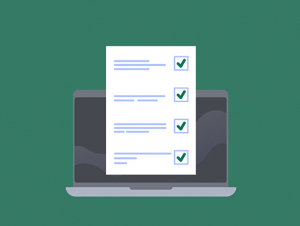
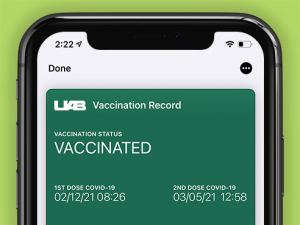
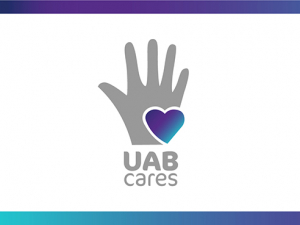
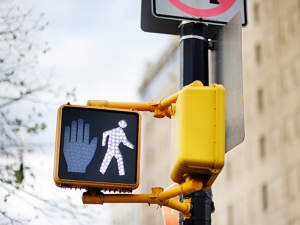
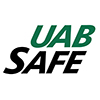 Be safe, not a statistic: Pedestrian fatalities have risen 46 percent since 2009.
Be safe, not a statistic: Pedestrian fatalities have risen 46 percent since 2009.



